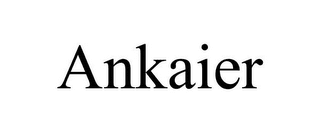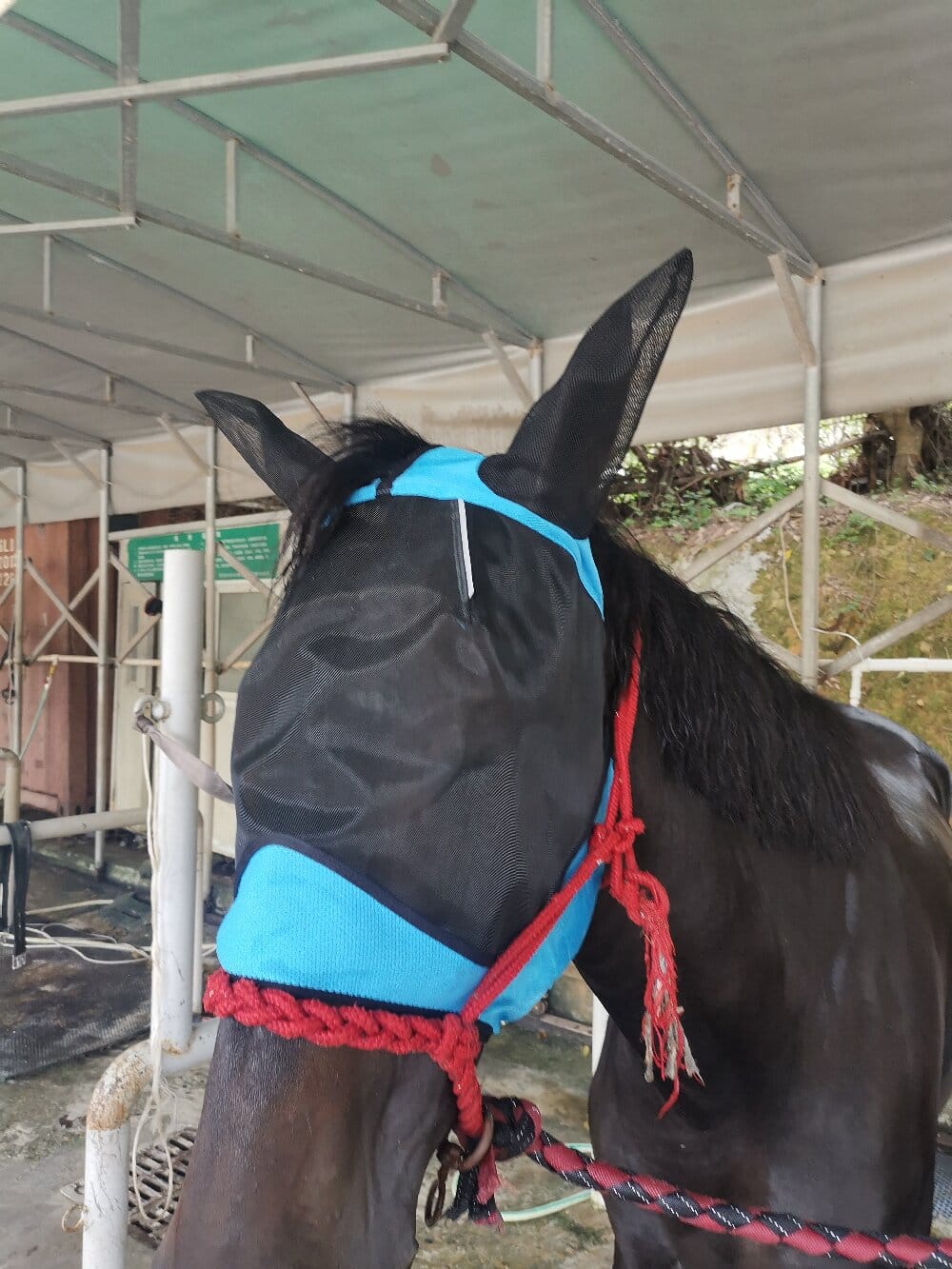I remember the first time I slipped a horse fly mask over the ears of my old gelding, Sam. It was a simple, mesh affair, but it felt like a small miracle of modern equine care. This essential piece of gear, the horse fly mask, has a history far richer and more pragmatic than I ever imagined. It wasn’t born from a place of luxury but from the fundamental need to protect our equine partners from the relentless irritation and genuine danger posed by flies and the sun’s harsh rays. My own curiosity about this humble piece of tack led me down a fascinating path, uncovering how our methods of safeguarding our horses’ vision have evolved from rudimentary attempts to the sophisticated designs we have today.
Early Attempts at Equine Pest Control
Before the invention of specialized equine fly gear, horse owners had to be resourceful. In my research, I’ve found accounts of people using old sacks, burlap, or even smearing a mixture of grease and tar around their horses’ eyes to deter insects. These methods were crude, often uncomfortable for the animal, and did little to protect against ultraviolet light. The primary goal was simply to create a physical or olfactory barrier. I can only imagine the frustration of those early caretakers, watching their valuable animals constantly swishing their tails, shaking their heads, and suffering from watery, irritated eyes. The concept of a dedicated fly veil for horses was a distant dream, one that would only materialize with advances in materials and a deeper understanding of equine welfare.
The Advent of Modern Fly Protection
The real turning point, from what I can gather, came with the development of synthetic materials in the mid-20th century. The introduction of lightweight, durable mesh was a game-changer. Suddenly, we had a material that was breathable, allowed for excellent peripheral vision, and was effective at blocking the tiny gnats and flies that tormented grazing horses. The first commercial fly masks were likely simple squares of this mesh with a single elastic strap. They were functional, but they had their issues—rubbing, slipping, and being easily removed by a clever horse rubbing its head on a fence post. I’ve certainly dealt with my fair share of those early-generation frustrations with my own herd.
Innovations in Design and Function
As the demand for better fly gear grew, so did innovation. Manufacturers began to realize that a one-size-fits-all approach wasn’t sufficient. I’ve seen the market explode with specialized designs that address specific needs. The most significant advancements, in my opinion, include:
- Shaped Construction: Moving from a flat piece of mesh to a three-dimensional, pre-shaped mask that conforms to the horse’s face. This drastically reduced rubbing on the cheeks and bridge of the nose.
- Integrated Ear Covers: For horses particularly bothered by flies in their ears, which can lead to infections and head-shyness, masks with attached ear nets became a popular and effective solution.
- Nose Coverage: The development of the fly mask with ears and a nose cover provided comprehensive protection for the entire head, guarding against biting insects on the muzzle and even helping to prevent sun-bleached coats.
- UV Protection: Perhaps one of the most crucial modern features is the integration of UV-blocking technology directly into the mesh. This protects horses with pink skin or those prone to squamous cell carcinoma from harmful solar radiation.
The Horse Fly Mask in Contemporary Equine Management
Today, the horse fly mask is considered a standard item in most barns, right alongside halters and lead ropes. Its role has expanded from a simple pest deterrent to a vital tool in preventive veterinary care. We now understand that constant fly irritation is more than just an annoyance; it’s a significant stressor that can impact a horse’s well-being and its ability to rest and digest properly. Furthermore, by protecting the eyes from scratches and ulcers caused by flies and dust, these masks help avoid costly vet bills and lengthy recovery periods. The modern equine fly gear is a testament to our growing commitment to holistic animal husbandry, where every detail of a horse’s comfort is considered.
Reflecting on a Simple Yet Profound Tool
Looking back, the journey of the horse fly mask is a powerful reminder of how far we’ve come in equine stewardship. From greasy tar to high-tech, UV-blocking mesh, its evolution mirrors our own deepening understanding of what our horses truly need to thrive. It’s no longer just about stopping a fly bite; it’s about providing peace, comfort, and long-term health. Every time I see my horses grazing contentedly in their pasture, their faces protected from the elements, I feel a connection to all the horsemen and women who came before me, each contributing in their own way to the well-being of these magnificent animals. This simple piece of tack represents a profound partnership, one built on care, observation, and a relentless desire to do better by our equine friends.

